Taste paradise in a convenient bowl with this authentic lomi salmon recipe with instructions for making your own salted salmon. Or use easy substitutes to make this fresh tomato dish come together quicker than a hula hoop.

Lomi salmon is a popular Hawaiian dish, and this recipe was adapted from The Aloha Kitchen cookbook by Alana Kysar.
This would pair well as as a poke trio with tuna poke and tako poke. You could also serve it as a duo of salmon alongside Japanese baked salmon or sriracha salmon.
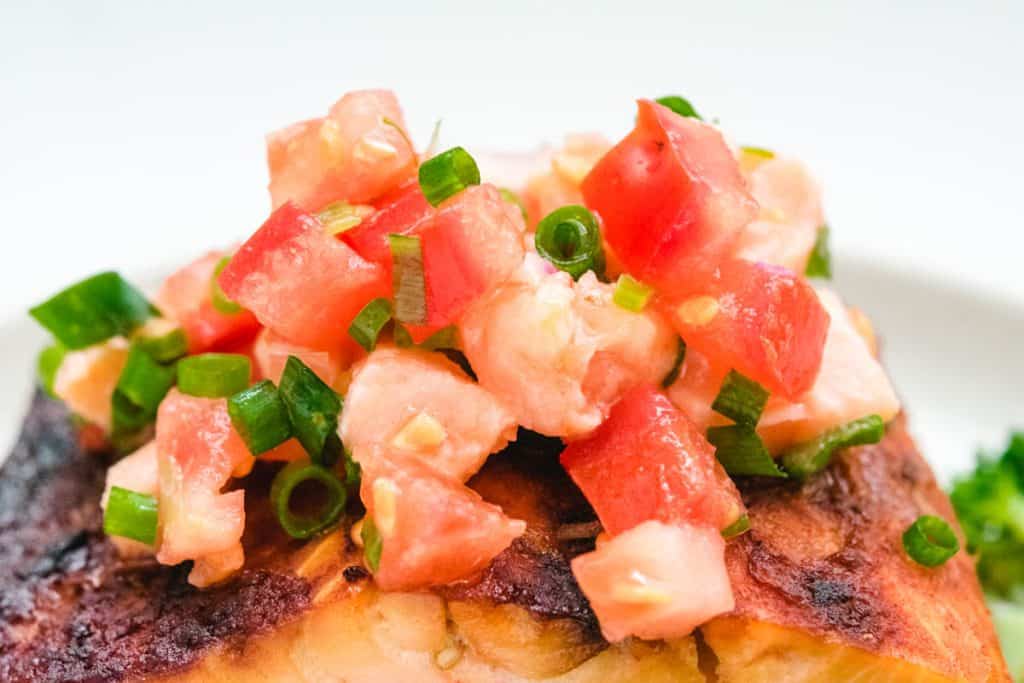
Jump to:
Why You'll Like this Recipe
- Bring a taste of Hawaii to your home with easily available ingredients including salmon and tomatoes.
- Similar to Mexican tomato salsa, this is a versatile side dish that can be served as an appetizer for lunch or dinner or even with eggs for breakfast.
- If you have extra bits of salmon trim, this is a great way to use up the unpretty bits.
What is Lomi Salmon?
Walk into any grocery store in Hawaii, and you’re bound to see hotel pans brimming with chopped, raw seafood poke and a condiment called Lomi Salmon, Lomi Lomi, or Lomi Lomi Salmon. It is commonly added as a condiment for a Hawaiian plate lunch consisting of a roasted or barbecued meat, white rice, macaroni salad, and a green salad.
It looks a little bit like fresh pico de gallo salsa but buried within the chopped red tomatoes, onion, and green onion lie little cubes of salmon.
It's not regular salmon, but salted salmon.
What is Salted Salmon?

Traditionally, this dish uses salted salmon, which is readily available in Hawaii but not as much in the mainland US.
Salmon is not native to Hawaii, since the species swims on the Pacific coast of North America and is farmed in the East Coast in the Atlantic Ocean
Perhaps because it is not native that the Hawaiians needed to salt the salmon in order to make it last longer. Lomi means massage in Hawaiian, and Lomi Salmon refers to massaging salmon with salt.
It is fresh salmon that has been salted for an extended period, usually 24 hours. This dries out the salmon by drawing out moisture, seasoning the salmon, and extending its shelf life by preserving it with salt.
You can find salted salmon in Japanese or other Asian supermarkets in the US. You can also make salted salmon by covering a fillet of salmon with salt for 24 hours, and then rinsing the salt off. See how to instructions below.
Ingredients
Unlike some Hawaiian ingredients that can be hard to source outside of Hawaii, lomi salmon consists of easily available ingredients.
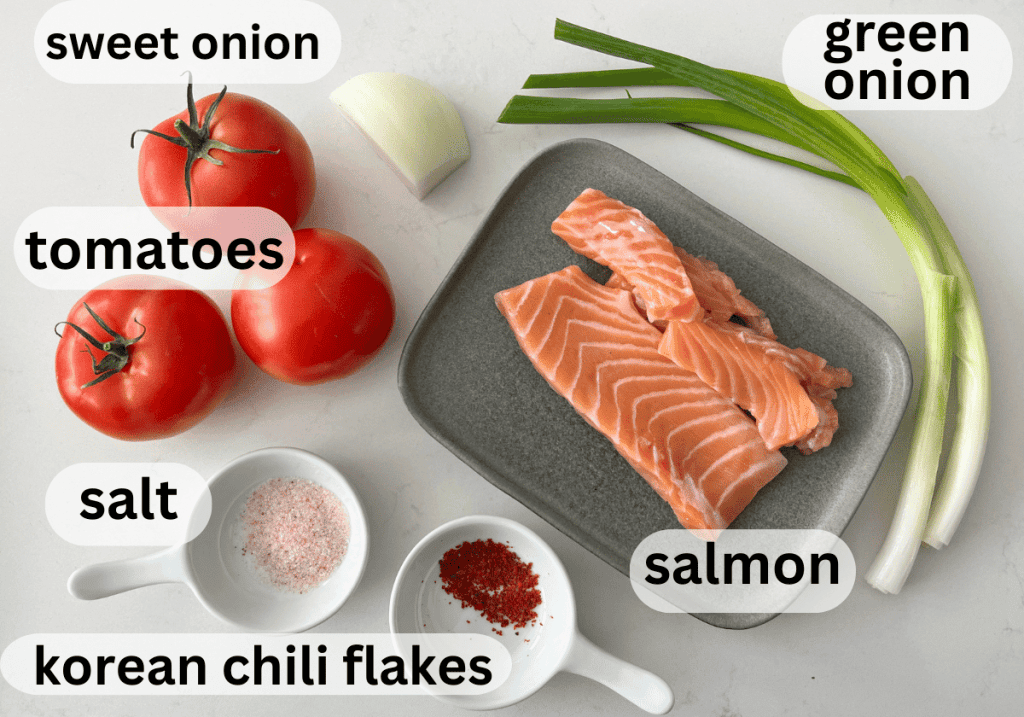
- Salmon - You can buy salted salmon or make your own. You can also substitute salted salmon with canned salmon or tuna.
- Tomatoes - This dish is ideal to make in the summertime when fresh tomatoes are at their peak of ripeness. Alternately, use cherry tomatoes which maintain good flavor throughout the year.
- Sweet Onion - In Hawaii, they would use Maui sweet onions. Otherwise, a white, yellow, or red onion would work but rinse the onion after its been chopped in water to remove its sharp bite.
- Green Onion
- Salt - In Hawaii, they might use Hawaiian alaea red sea salt. Use the salt of your choice. I used pink Himalayan salt.
- Korean chili flakes (optional) - These red chili flakes are optional but add a little bit of color and chili flavor to the dish. A dash of hot sauce or tabasco sauce would also be nice.
See recipe card for quantities.
How to Make Salted Salmon

You can use the whole fillet or trim the bits of salmon that aren't so pretty, since they'll be chopped up into bits anyway.
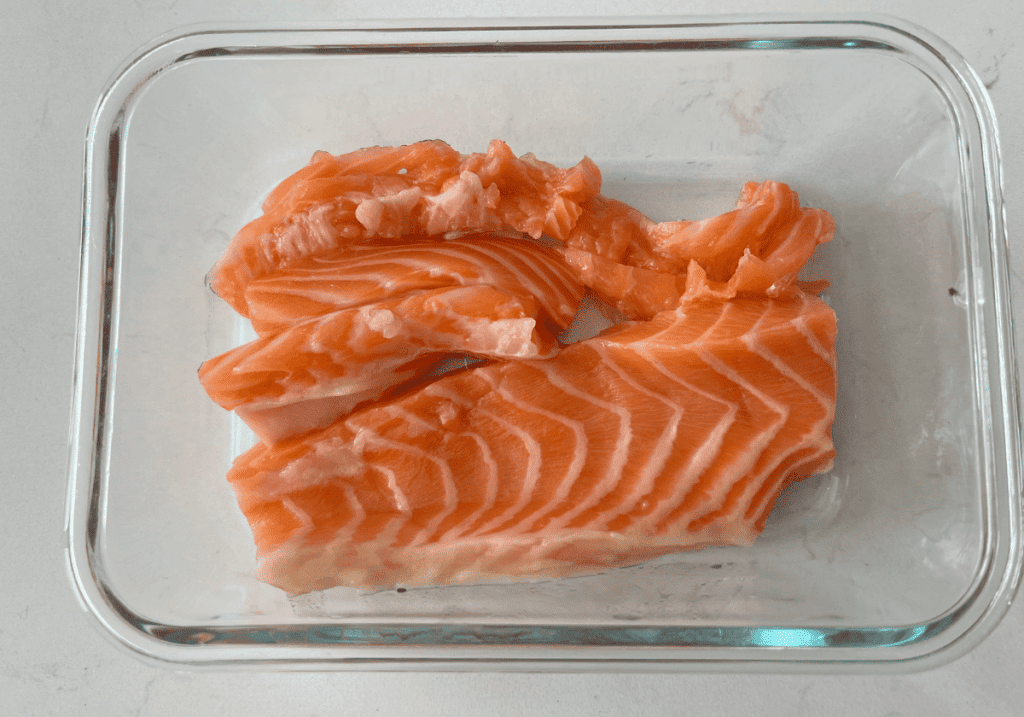
Put the salmon into a non-reactive container such as one made of glass, stainless steel, or ceramic dish.

Cover both sides with salt, and refrigerate for 24 hours.
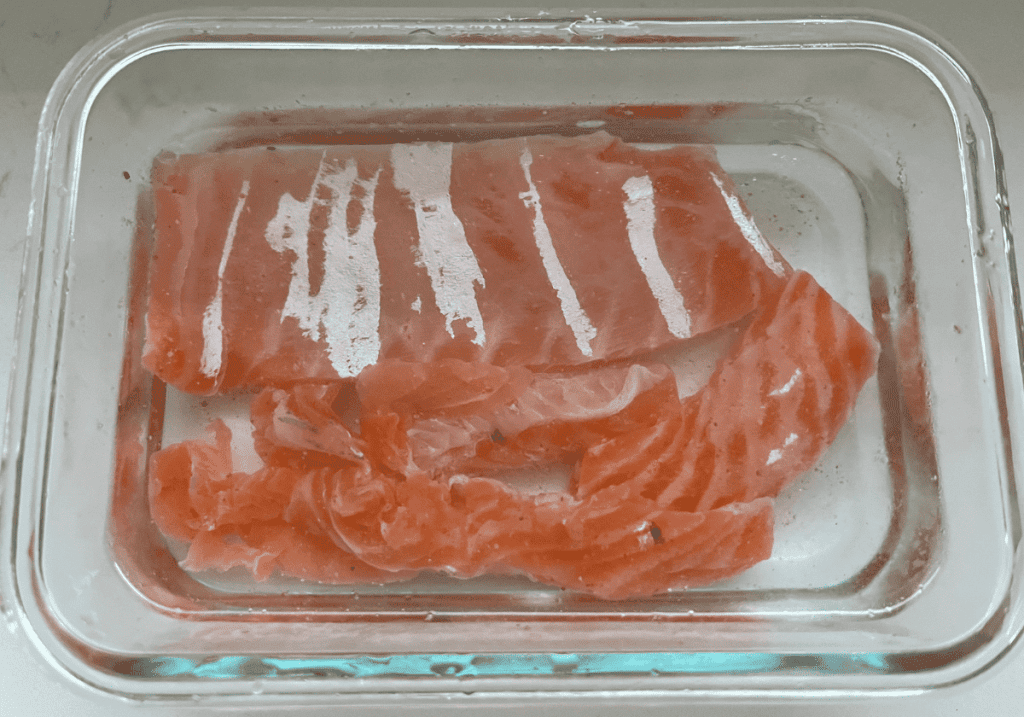
Rinse off the salt and thoroughly. You can also let it sit in water in the refrigerator for an hour. Drain and dry off before using. Consume within 3 days of making.
Instructions for Lomi Salmon
Once you have the salted salmon, it's just a matter of chopping and combining the ingredients together.

Chope the vegetables into similar sized pieces. You can deseed the tomatoes if you prefer.

Dice the salted salmon into similar sized cubes.
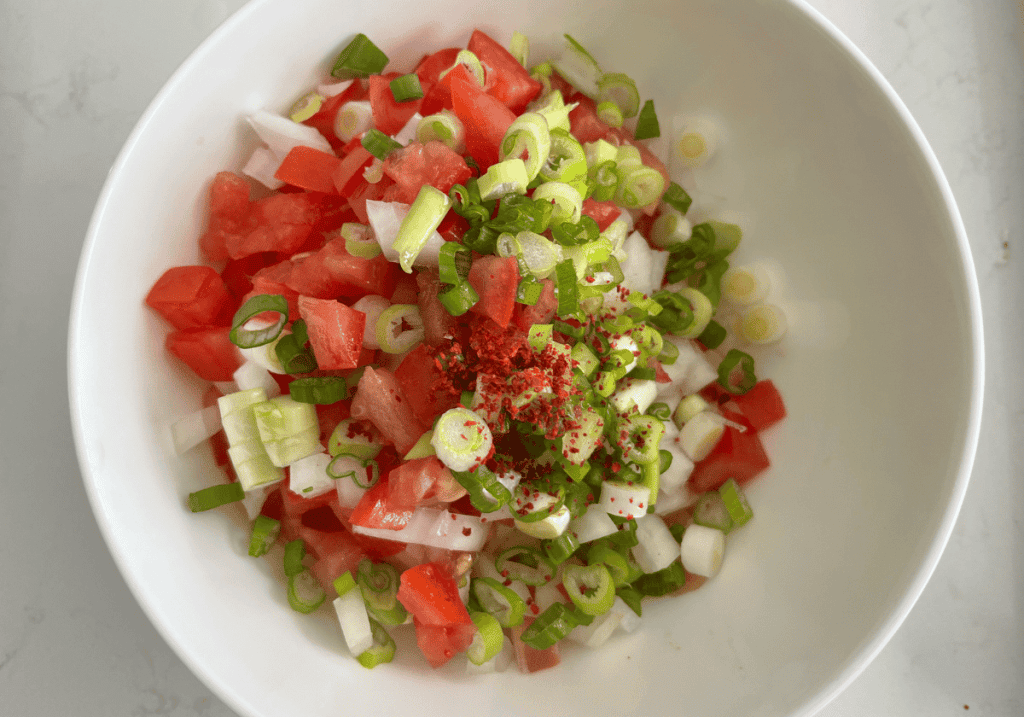
Combine all the ingredients into the bowl along with the Korean chili flakes if using.

Massage, or lomi as the Hawaiians would say, the ingredients together. Taste and add additional salt and pepper if needed.
Substitutions
- Smoked Salmon - Instead of buying or making salted salmon, you can easily substitute hot or cold smoked salmon. It's not traditional but makes a fine substitute without the extra hassle.
- Canned Salmon or Tuna - Using a can of salmon or tuna would also make an excellent substitute for salted salmon and a great way to freshen up canned seafood.
- Red Onion - Instead of sweet Maui onions which can be hard to source, you can use red onion or a white/yellow onion. Be sure to rinse it in water after dicing to help remove its sharp, extra pungent onion flavors.
Variations
- Spicy - Add minced jalapenos or other fresh chilies for extra heat and spiciness.
- Deluxe - Serve with diced avocados, sliced cucumbers, seaweed crisps and rice for a main dish.

Storage
Store up to three days in the fridge.
These ingredients don't stand up well to freezing.
Top tips
- If you make your own salted salmon, this is a great use of salmon trim or leftover bits of raw salmon, since the salmon just gets diced up in this dish anyway.
- If you don't want to make salted salmon, you can substitute with smoked salmon or a 4 oz can of salmon or tuna packed in water that has been drained.
- Deseeding the tomatoes is optional. (You really don't have to if you don't want to.)
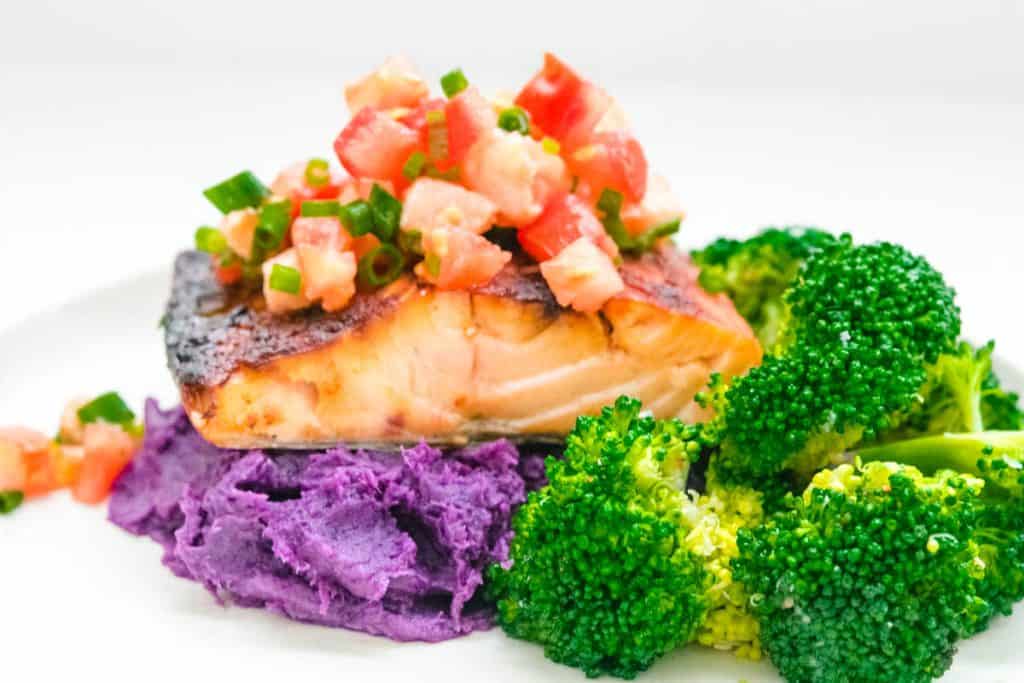
FAQ
Lomi means “to massage” in the Hawaiian. The classic Hawaiian side dish, lomi salmon, consists of massaging salted salmon with a mixture of fresh diced tomatoes, onion, and green onion. The massaging action breaks up the fish and distributes the salt to the vegetables.
No, salmon came to Hawaii via sailors from the Pacific Northwest in the 19th century.
It was created in Hawaii and is served as a condiment alongside kahlua pig and poi, the Polynesian purple starchy vegetable side dish. The use of non-native ingredients, tomatoes and salmon, has remained somewhat a mystery of how the dish originated. Since salmon is not native to Hawaii, perhaps it was massaged with salt to extend its shelf life and tossed with tomatoes to make lomi salmon.
In addition to the traditional kahlua pig for a Hawaiian plate lunch, you could serve it with tortilla chips, on top of scrambled eggs, or even on a bagel with cream cheese.
Source: The FAQ information regarding lomi salmon was sourced from The Poke Cookbook by Martha Cheng.
Related Seafood Recipes
Looking for other recipes like this? Try these:
Recipe
Lomi Salmon
Ingredients
Salted Salmon
- 4 oz fresh salmon, skin and bones removed See Notes 1 and 2
- 1 Tb sea salt or Pink Himalayan salt or 2 Tb kosher salt
Lomi Salmon
- 1 lb ripe tomatoes, diced ¼-1/2" thick pieces 1 lb is about 3 medium sized tomatoes or 2 ½ cups diced tomatoes, see Note 3
- 2 ea green onion sliced ¼-1/2" thick pieces
- ½ c diced sweet onion, ¼-1/2" thick pieces see Note 4
- salt to taste black pepper to taste if you like pepper
Optional
- ¼ teaspoon Korean chili flakes or hot sauce of your choice
Instructions
- Put the salmon pieces in a nonreactive container, such as one made of glass, stainless steel or ceramic material.
- Sprinkle both sides with the 1 Tb of salt between both sides. Cover and refrigerate for 24 hours.
- Rinse salt off thoroughly or soak in water for an hour in the fridge. Drain, dry, and dice in to ¼-1/2" thick pieces.
- Gently mix salmon with remaining ingredients.
- If you have time, refrigerate for 2-3 hours before serving to give time for the flavors to meld. Store up to 3 days in the fridge.
Notes
- If you make your own salted salmon, this is a great use of salmon trim or leftover bits of raw salmon, since the salmon just gets diced up in this dish anyway.
- If you don't want to make salted salmon, you can substitute this with smoked salmon or a 4 oz can of salmon or tuna packed in water that has been drained.
- Deseeding the tomatoes is optional. (You really don't have to if you don't want to.)
- Instead of sweet onion, you can use red onion or white/yellow onion. Just rinse under water after chopping to remove harsh compounds.
- Serve as an accompaniment to meat/fish dishes, bagels and cream cheese, scrambled eggs, or just with some tortilla chips.
Nutrition
Food safety
- Wash hands after touching raw fish.
- Raw fish should be kept as cold as possible at all times. Avoid leaving it outside of the refrigerator for extended periods when not in use.
- Don't leave fish sitting out at room temperature for extended periods.
See more guidelines at USDA.gov.
Fortune Cookie 🥠
Don't be distracted by criticism. Remember — the only taste of success some people get is to take a bite out of you.
Zig Ziglar
Lucky Cat 🍀 🐈
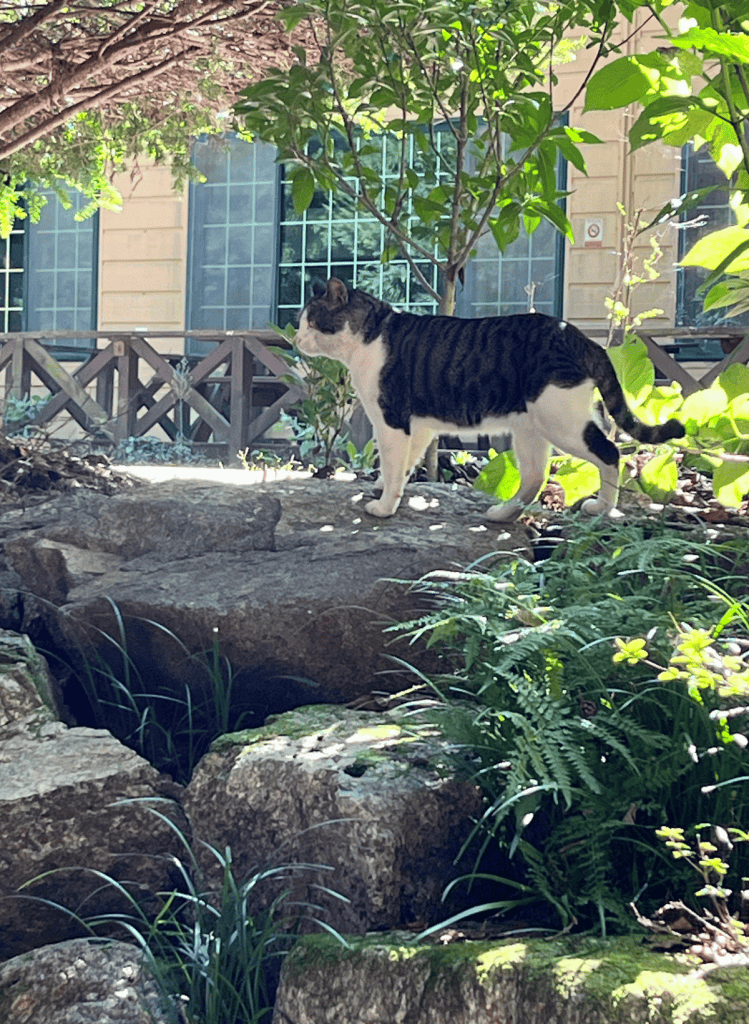
I love watching myself grow and become more confident.



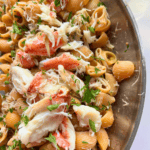



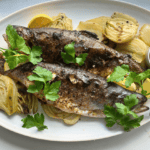





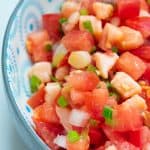





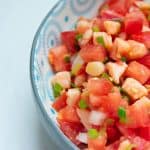
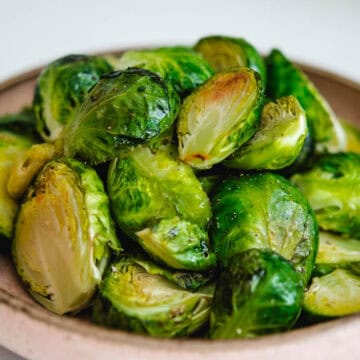
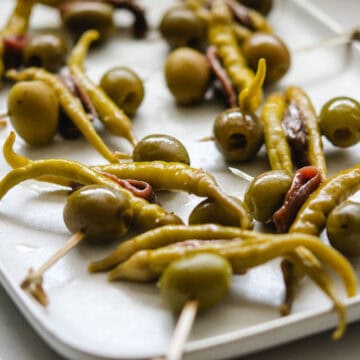


Leave a Reply